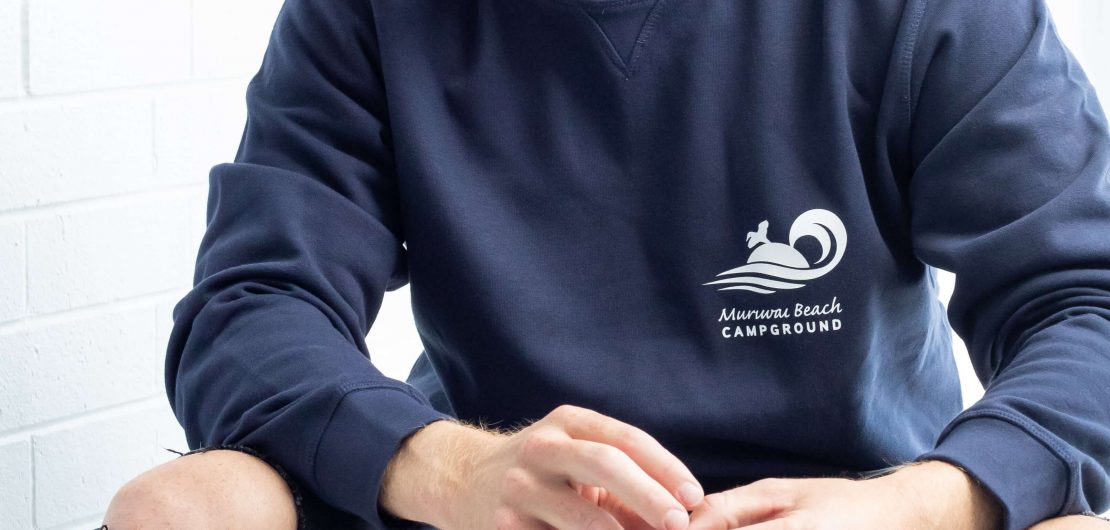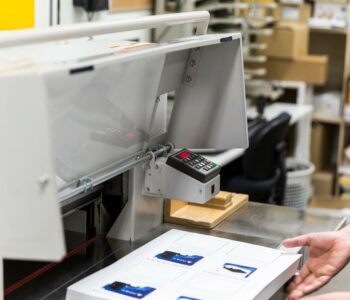
In the world of business and branding, the power of perception cannot be underestimated. One of the visual cues that strongly influence consumer behavior is the presence of workers donning branded uniforms. In this blog post, we will explore 50 behaviors exhibited by consumers in the Western world when they encounter workers in branded uniforms. From increased trust to enhanced brand perception, these behaviors shed light on the significance of this seemingly simple yet impactful aspect of branding.
- Increased Trust: Consumers tend to associate branded uniforms with professionalism and reliability. Seeing workers in such attire instills a sense of trust, making consumers more likely to engage with the brand.
- Recognition: Branded uniforms serve as a visual identifier, making it easier for consumers to identify workers as representatives of a particular brand or organisation. This aids in building brand awareness and recall.
- Assumed Expertise: Workers dressed in branded uniforms are often perceived as possessing specialized knowledge and skills related to the brand. This perception can lead consumers to seek their guidance and recommendations with confidence.
- Approachability: The presence of branded uniforms makes workers more approachable to consumers. It creates an inviting atmosphere, encouraging consumers to ask questions, seek assistance, or initiate conversations about the brand’s products or services.
- Elevated Perception of Service Quality: Branded uniforms contribute to consumers’ heightened expectation of superior service quality. The visual association of professionalism translates into the belief that the brand will deliver exceptional experiences.
- Brand Loyalty: Consumers who have a positive association with a brand are more likely to develop a stronger sense of loyalty when they encounter workers in branded uniforms. The uniforms act as a visible reinforcement of their loyalty.
- Enhanced Brand Perception: Branded uniforms contribute to a more positive overall perception of the brand in the eyes of consumers. The uniforms serve as a tangible representation of the brand’s values and identity.
- Increased Purchase Intent: The presence of workers in branded uniforms can influence consumers’ purchase decisions positively. The perceived professionalism and expertise associated with the uniforms may tip the scales in favor of making a purchase.
- Favorable Word-of-Mouth: Consumers who have positive experiences with workers in branded uniforms are more likely to recommend the brand to others. Their interactions act as a catalyst for positive word-of-mouth, expanding the brand’s reach.
- Perceived Professionalism: Branded uniforms create an impression of professionalism and competence. Consumers trust that workers in these uniforms will deliver high-quality services or products.
- Higher Perceived Value: Consumers tend to attribute higher value to products or services offered by workers in branded uniforms. The uniforms serve as a visual cue that signifies superior quality, leading consumers to expect premium offerings.
- Enhanced Customer Satisfaction: Interactions with workers in branded uniforms often result in increased customer satisfaction. The professionalism and expertise associated with the uniforms positively influence the overall experience.
- Improved Customer Experience: Consumers are more likely to have a positive overall experience when workers in branded uniforms are attentive, helpful, and provide a seamless service journey. The uniforms contribute to an enhanced customer experience.
- Reduced Perceived Risk: The presence of branded uniforms decreases the perceived risk associated with engaging with the brand or its workers. Consumers feel more comfortable and confident in their interactions, knowing that the workers represent a reputable brand.
- Sense of Security: Certain industries, such as security or healthcare, benefit from the presence of workers in branded uniforms. Consumers feel safer and more secure when they can easily identify workers responsible for their well-being.
- Authority and Credibility: Branded uniforms lend an air of authority and credibility to workers, positively influencing consumer perceptions. This can be particularly effective in sectors that require trust and expertise.
- Improved Communication: Branded uniforms facilitate clearer and more effective communication between workers and consumers. The uniforms act as a visual cue, enabling consumers to identify the workers and engage in meaningful conversations.
- Social Proof: The presence of workers in branded uniforms can serve as social proof for consumers. Observing others interacting positively with the brand or its workers can influence consumer behavior and lead to increased engagement.
- Increased Attention: Consumers tend to pay more attention to workers in branded uniforms, making them more receptive to promotional messages or offers. The uniforms create a visual stimulus that captures consumers’ interest.
- Emotional Connection: Branded uniforms have the potential to evoke emotional connections or nostalgia among consumers. Positive associations with the brand can be reinforced when encountering workers in familiar attire.
- Differentiation: Branded uniforms help a brand stand out from competitors. In a sea of generic attire, the distinctive uniforms make a lasting impression on consumers, differentiating the brand from its rivals.
- Ease of Identification: Branded uniforms enable consumers to easily identify workers associated with the brand. This streamlined identification process enhances efficiency when seeking assistance or making inquiries.
- Reinforced Brand Values: Branded uniforms visually reinforce the brand’s values and identity. Consumers are more likely to align their own values with the brand when they observe these values being exemplified by workers.
- Perceived Accountability: Workers in branded uniforms are often seen as more accountable for their actions. This perception leads to increased consumer satisfaction, knowing that their concerns will be addressed promptly and responsibly.
- Positive First Impressions: Branded uniforms contribute to positive initial impressions of the brand, its workers, and its offerings. The uniforms convey professionalism and competence from the very first encounter, setting the stage for a favorable customer journey.
- Brand Association Transfer: Positive associations formed with workers in branded uniforms can easily transfer to the brand itself. Consumers may associate the professionalism and expertise they experience directly with the brand as a whole.
- Brand Awareness: Branded uniforms act as a form of advertising, increasing brand visibility and awareness among consumers. The uniforms serve as walking billboards, capturing attention and spreading brand recognition.
- Perceived Consistency: Workers in branded uniforms create a perception of consistency and reliability across different locations or interactions with the brand. This consistency contributes to a cohesive brand image in the minds of consumers.
- Increased Engagement: Consumers tend to engage more actively with workers in branded uniforms. The professionalism and approachability associated with the uniforms encourage consumers to participate in more meaningful interactions.
- Improved Problem Resolution: Consumers feel more confident in seeking assistance from workers in branded uniforms to resolve any issues or complaints. The uniforms act as a visual representation of reliability and accountability, reassuring consumers that their concerns will be addressed.
- Sense of Belonging: When consumers see workers in branded uniforms, they often feel a sense of belonging to the brand’s community. This sense of belonging can foster loyalty and encourage consumers to advocate for the brand.
The impact of branded uniforms on consumer behavior is far-reaching. From instilling trust and recognition to influencing purchase decisions and enhancing customer satisfaction, workers in branded uniforms play a pivotal role in shaping consumers’ perceptions and experiences. By understanding and leveraging these consumer behaviors, businesses can harness the power of branded uniforms as a strategic branding tool, building stronger connections with their target audience and fostering long-term brand loyalty.









